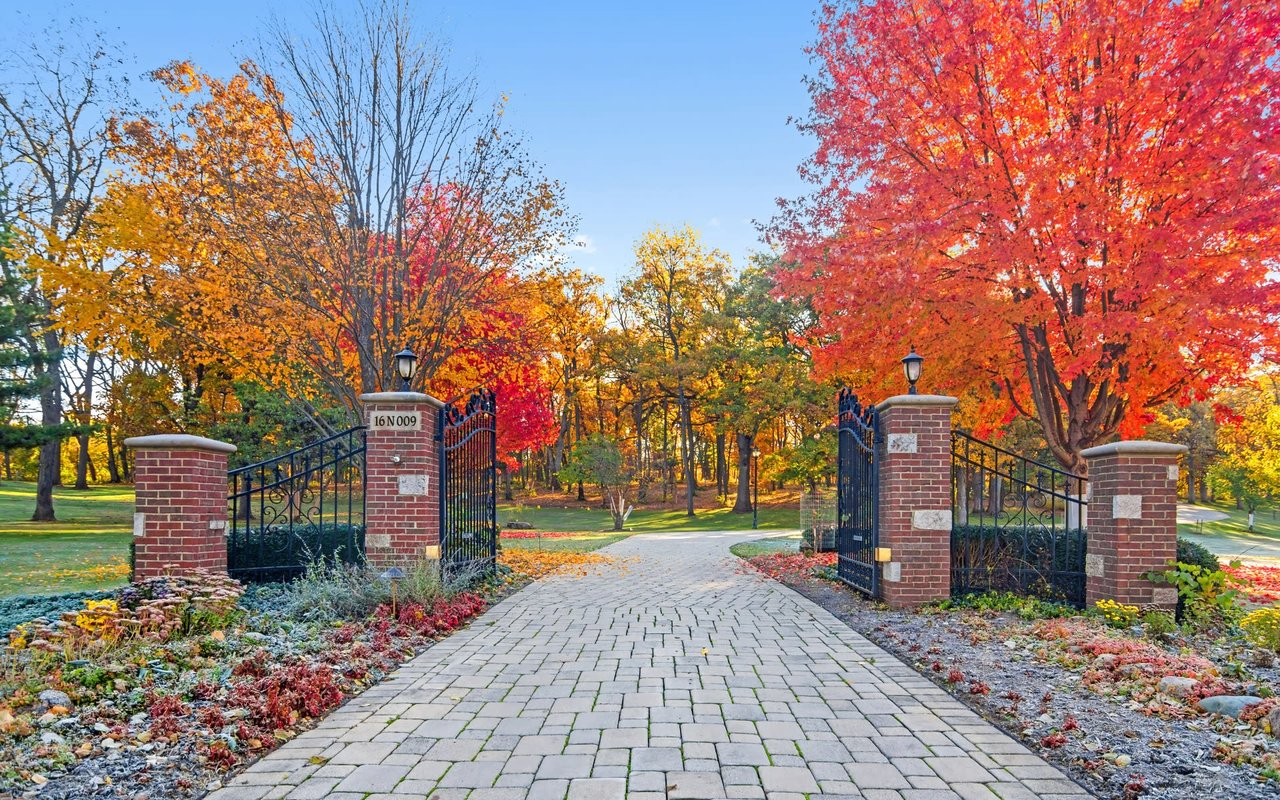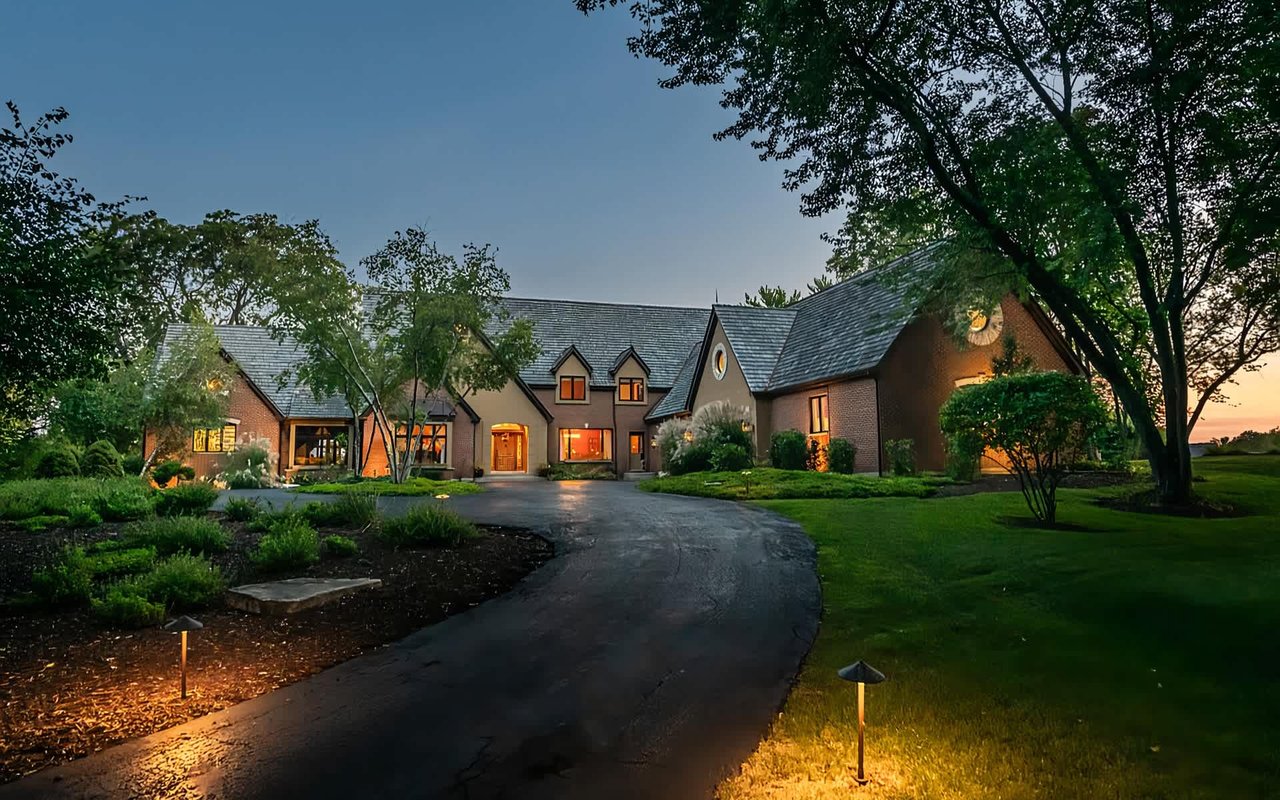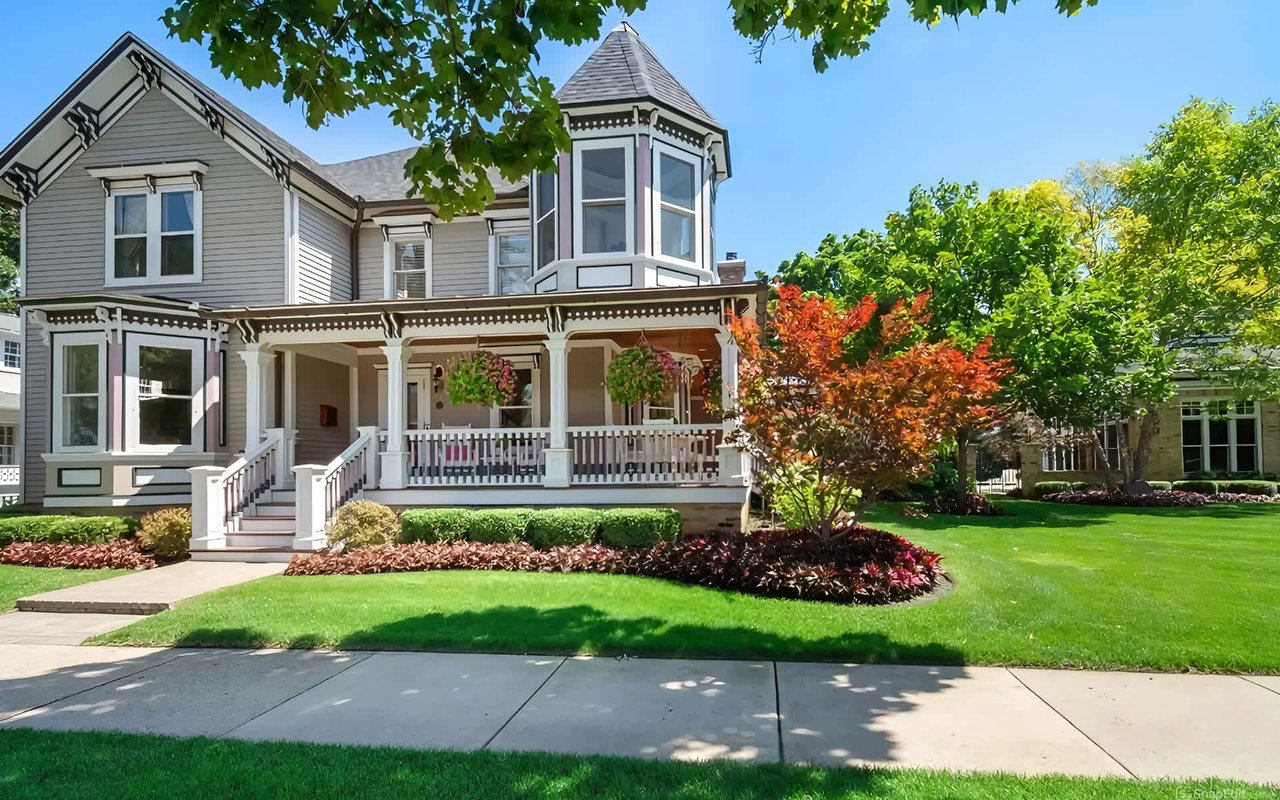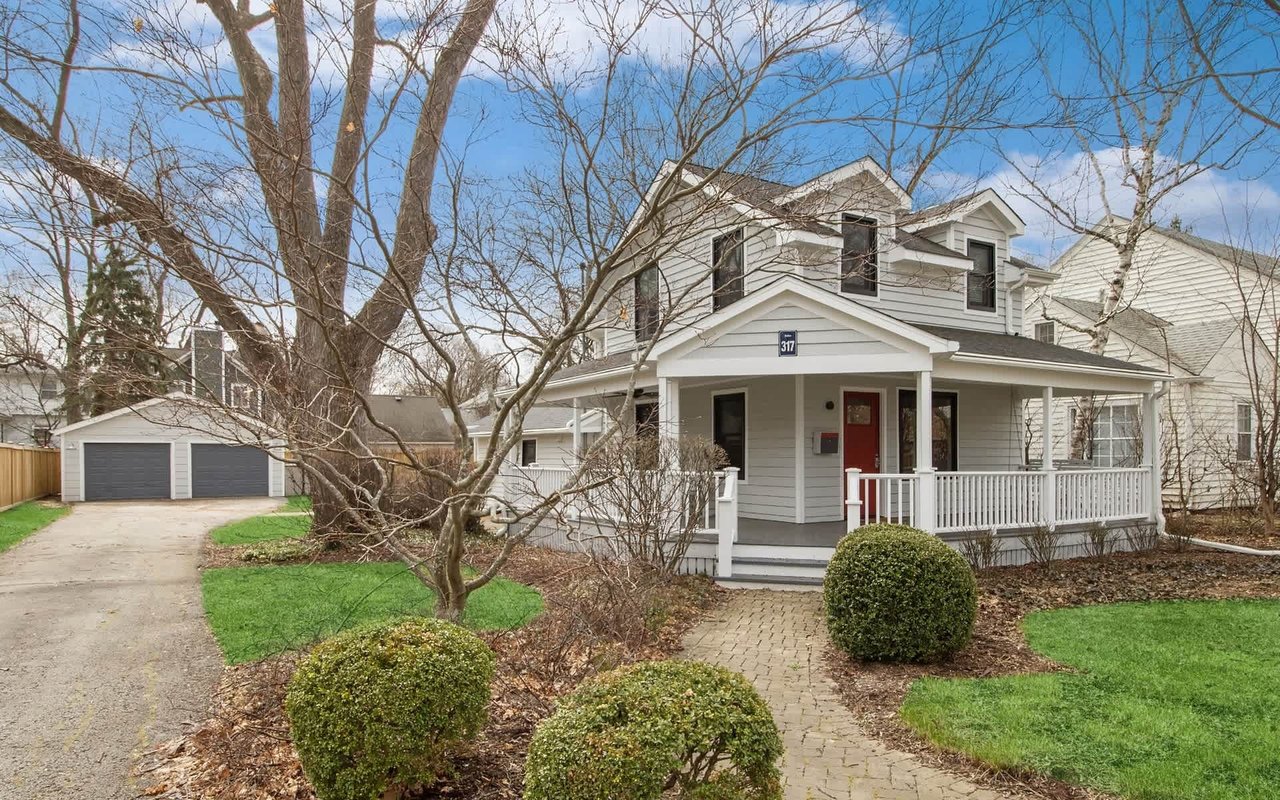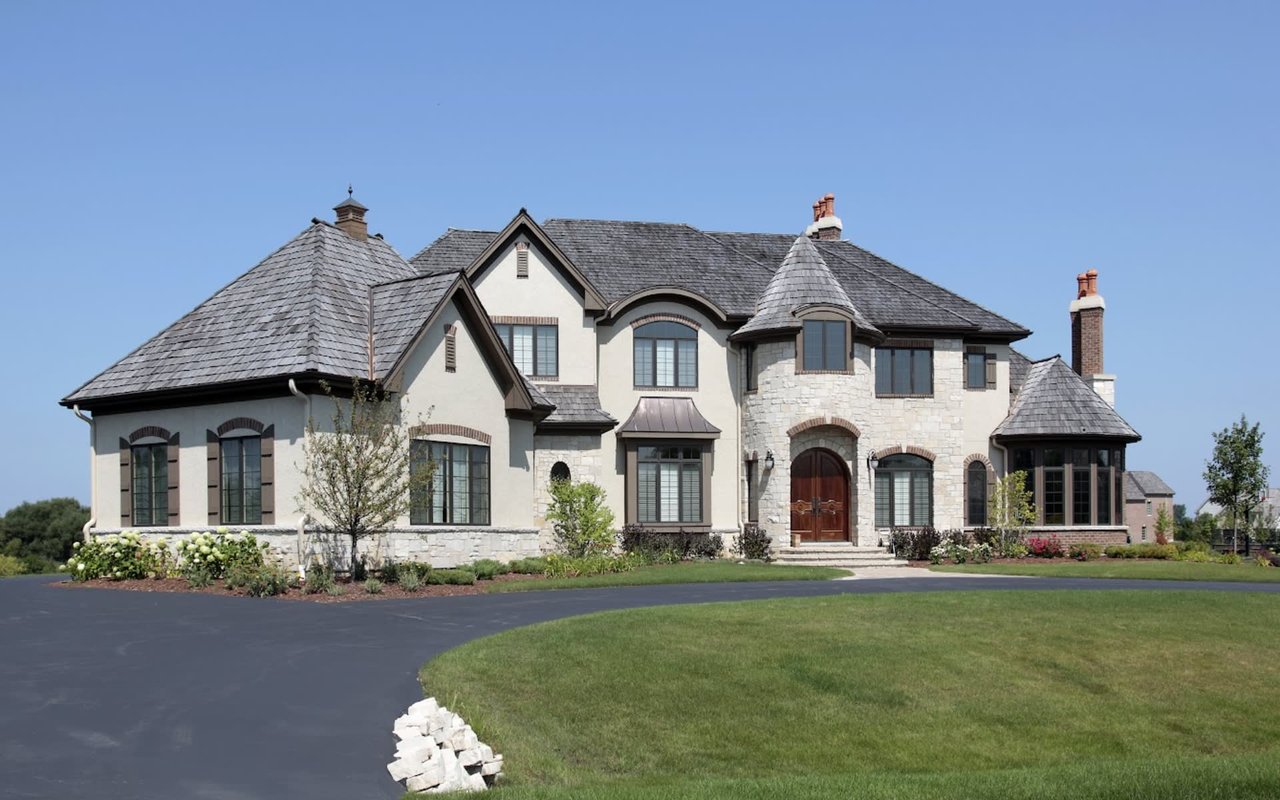Home sales seasonality is a natural pattern in the real estate market, where the volume of transactions and pricing trends shift depending on the time of year. These seasonal changes are driven by various factors, including weather, holidays, school schedules, and market dynamics. Understanding how seasonality impacts the real estate market can help both buyers and sellers make more informed decisions. Whether you’re looking to sell your home for top dollar or hoping to score a deal as a buyer, recognizing these seasonal trends can be crucial to navigating the market successfully.
The Traditional Seasonal Cycle in Real Estate
Historically, the real estate market follows a predictable seasonal cycle that affects home sales and pricing throughout the year. While the specifics may vary slightly depending on the region, most real estate markets experience similar seasonal fluctuations.
Here’s a typical breakdown of the real estate cycle:
-
Spring (March to May): Spring is often considered the peak season for real estate. Warmer weather and longer daylight hours make it more convenient for buyers to tour homes. Families, in particular, prefer to purchase homes in spring so they can move during the summer months when children are out of school. As a result, there is typically a surge in both listings and buyers, leading to more competitive pricing.
-
Summer (June to August): The busy buying season often extends into summer, with many homes closing during this period. The competition remains strong, and prices tend to stay high. However, by late summer, some markets start to see a slight slowdown as buyers begin to settle into new homes before the start of the school year.
-
Fall (September to November): After the summer rush, the market typically cools down in the fall. There are fewer listings, but serious buyers remain active. Sellers who list their homes in the fall may need to adjust their pricing or offer incentives to attract buyers, especially as the weather cools and the holidays approach.
-
Winter (December to February): Winter is generally the slowest season in real estate. Cold weather, shorter days, and holiday distractions cause many buyers and sellers to put their real estate plans on hold until the new year. However, those who are actively buying or selling during this period tend to be more motivated, which can lead to unique opportunities for both parties.
Understanding these seasonal trends allows both buyers and sellers to time their market entry for maximum advantage. However, it's essential to recognize that seasonality is just one factor influencing real estate, and other market forces—such as interest rates, economic conditions, and local demand—also play significant roles.
How Seasonality Affects Home Sellers
For home sellers, seasonality can have a profound impact on both the time it takes to sell a home and the final sale price. Listing at the right time of year can help you attract more buyers and achieve a higher price, while listing at the wrong time could result in your home sitting on the market longer than expected.
Here’s how seasonality can impact sellers:
Spring and Summer: The Prime Selling Seasons
If you’re looking to sell your home, spring and early summer are often the best times to list. This period is characterized by a surge in buyer demand, driven by favorable weather and the desire to complete transactions before the new school year begins. Homes tend to sell faster and for higher prices during these months, making it a great time for sellers to capitalize on a competitive market. However, the increase in listings also means more competition, so it’s important to price your home appropriately and ensure it stands out from the crowd.
Fall and Winter: A Time for Serious Buyers
While the fall and winter months generally see fewer buyers, the ones who are active during these periods tend to be more motivated. Whether due to a job relocation or other personal circumstances, buyers during these off-peak seasons are often eager to close a deal quickly. Sellers who list their homes in the fall or winter may face less competition, but they might need to be flexible with pricing or offer additional incentives, such as covering closing costs or including certain home upgrades, to attract buyers. Additionally, homes listed during the winter months may stay on the market longer due to the reduced buyer pool, so sellers should be prepared for potentially slower transaction times.
How Seasonality Affects Home Buyers
Seasonality also has a significant impact on buyers. Those who understand these seasonal trends can position themselves to take advantage of market conditions, whether by securing a better deal or avoiding bidding wars during peak seasons.
Here’s how seasonality affects home buyers:
Buying in the Spring and Summer: More Choices, More Competition
Spring and summer offer buyers the most extensive inventory, which provides a greater range of options. However, this is also the time when competition is fiercest. Homes often receive multiple offers, and bidding wars can drive up prices. Buyers in this period should be prepared to act quickly and potentially make offers above the asking price, especially in competitive markets. It’s also crucial for buyers to get pre-approved for a mortgage during these peak months to make their offers more attractive to sellers.
Buying in the Fall and Winter: Less Competition, Potential Deals
While fewer homes are typically available in the fall and winter, buyers may have more room to negotiate. Sellers who list their homes during these slower months may be more willing to accept lower offers or provide concessions, such as covering part of the closing costs. For buyers who are less concerned with having a large inventory to choose from, fall and winter can present excellent opportunities to find homes at lower prices. Additionally, buyers who are flexible with their closing timeline may find motivated sellers who are eager to complete the sale before the holidays or the year’s end.
Market Factors That Can Override Seasonality
While seasonality has a clear impact on the real estate market, it’s essential to consider other factors that can influence market conditions and may even override traditional seasonal trends.
Here are some key market factors to consider:
-
Interest Rates: Changes in mortgage interest rates can significantly affect buyer behavior. When rates are low, buyers are more likely to enter the market, regardless of the season. Conversely, rising interest rates may dampen demand, even during traditionally busy periods like spring and summer.
-
Economic Conditions: The broader economy plays a crucial role in the real estate market. In times of economic prosperity, more people are willing to buy homes, leading to increased demand. During economic downturns, however, buyers may be more cautious, and the market can slow down even in peak seasons.
-
Local Market Trends: Seasonality can vary by region. For example, in warmer climates like Florida or Arizona, winter can be an active time for home sales due to the influx of snowbirds and retirees seeking warmer weather. Conversely, in colder regions, winter is often the slowest time for real estate activity. It's important for buyers and sellers to understand their specific market’s trends and adapt accordingly.
Adapting to Seasonal Trends as a Buyer or Seller
Both buyers and sellers can benefit from understanding and adapting to seasonal trends in the real estate market. For sellers, timing your listing to coincide with peak buying seasons can result in quicker sales and higher prices. For buyers, patience and strategic timing can help you avoid bidding wars and secure a better deal.
-
For Sellers: If you want to sell quickly and for top dollar, aim to list your home in the spring or early summer. Make sure your home is in excellent condition and priced competitively to attract multiple offers. If you’re selling in the fall or winter, be prepared to offer incentives or adjust your price to accommodate the smaller pool of buyers.
-
For Buyers: If you’re looking for the widest selection of homes, the spring and summer months offer the most options. However, if you’re looking to get a better deal or avoid competition, consider shopping in the fall or winter, when motivated sellers may be more willing to negotiate.
Leveraging Seasonality in the Real Estate Market
Seasonality plays a significant role in shaping the real estate market, influencing everything from home prices to transaction timelines. Whether you’re a buyer or a seller, understanding the impact of seasonality can help you make more informed decisions and achieve better results. By strategically timing your market entry, staying aware of other market factors, and adapting to the unique conditions of your local market, you can navigate the real estate landscape with confidence and success.
Team up with The Morrison Home Team today
Ready to begin your search for luxury property in the NW suburbs of Chicago? Reach out to The Morrison Home Team for expert guidance and assistance with all your real estate needs. With their extensive knowledge of the local market and dedication to client satisfaction, they can help you find the perfect luxury property to call home.




